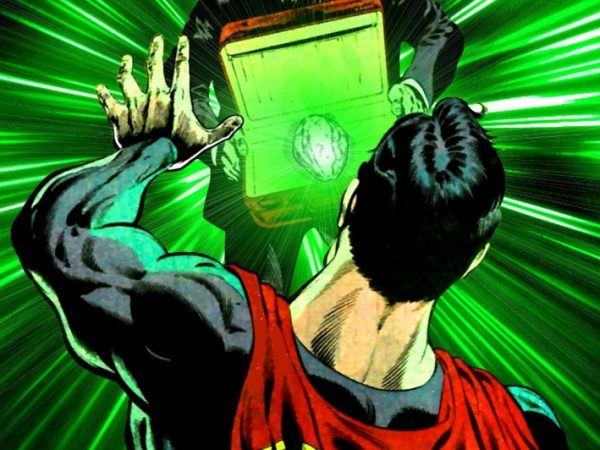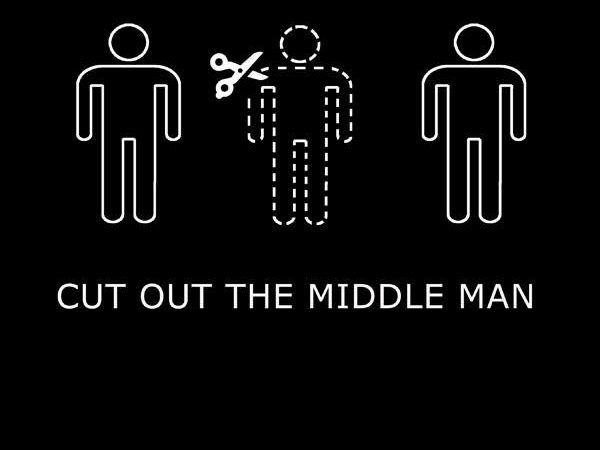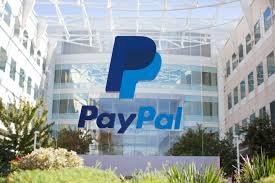Consumer transactions are the goal of every enterprise. The more transactions a company generates, the more that translates into profit. But having more transactions also means more work!
In the crypto-space, a transaction consists of a customer sending a certain amount of a crypto-currency from their own crypto-wallet to the public address of the vendor’s wallet. During this transaction, a few things warrant further inspection before the status of the transaction can be considered complete.
- The block-chain network needs to recognize the payment and have it included into a block. Then, as the block-chain grows, adding more blocks, the original transaction is solidified, continually accumulating more confirmations.
- Once the transaction has accumulated a comfortable threshold of confirmations, the vendor decides to accept the payment and consider the transaction complete.
- Of course, from the customer’s point of view, the transaction may include fulfillment of the good or service, which should follow immediately after the vendor considers the sending part complete.
Reconciliation is all about step #2 in the list presented above. In the crypto-space, this is where most companies are challenged with automating transactions. As the space evolves, this single step will be the focus of most organizations attempting to bring crypto-currencies into the main stream business cycle.
The Crypto Cashier has tackled the reconciliation issue head on by combining flexibility and technology. Vendors using The Crypto Cashier platform are presented with a wide range of options, allowing them to reconcile payments at a range of levels, which they feel most comfortable with according to their level of understanding and comfort with the crypto-space.
Manual Reconciliation – If a business is small, handling only a few invoices on a monthly basis, manual reconciliation might be what the business owners need. They are able to communicate directly with their customers and can usually determine when a payment has been made because they can see the amounts in their wallet being deposited. It’s therefore quite easy for them to manually mark payments as received in the system.
Auto Reconciliation – If the number of transactions grows to a certain level that makes manual reconciliation overwhelming, Auto-reconciliation may be desired. Here’s where the flexibility of The Crypto Cashier is extended – there are several levels of auto-reconciliation.
Notification Only – Notification only allows the sales department to be notified that an expected payment has arrived safely. The manager can then manually verify the status and mark the customer receipt accordingly.
Automatic – The system can automatically send payment receipts to the customer and mark the payment as received.
Further parameters specify instructions to the system on how to recognize when a payment should be considered valid and received.
Confirmations – the number of block-chain confirmations that have been accumulated on the transaction. The sales manager decides how many confirmations to wait for before declaring the payment valid.
Tolerance – Depending on the block-chain technology or the crypto-currency being used for the transaction, there may be cases where the amount sent by the customer is not the exact amount received by the vendor. The difference can be due to several factors, but the issue still presents itself and must be dealt with. The sales manager has the ability to set a tolerance percentage threshold in order to discover a payment and investigate its validity.
Expiration – Sometimes the block-chain networks take some time to include transactions, so a certain waiting period is already baked into expectations. The sales manager has the ability to set a timeout period for transactions to be completed, otherwise fallback to a manual reconciliation process if no payment has been discovered.
Extended Decimal Amount (EDA) – This is a feature of The Crypto Cashier where fractional decimals are added to the final purchase amount in order to decrease the probability that other transactions having the same amount would present a conflict (payment collision). Due to the pseudo-anonymous nature of the block-chain, the vendor does not know the sending address of the customer. If the vendor is selling many items at the same price, it is possible that two people will purchase the same item at the same time. In these cases, if the sending amounts are the same between the two customers, it is a challenge to determine which customer will get the credit. If EDA is used, however, the two customers will be given slightly different amounts, which makes the payments more identifiable and can be credited accordingly.
Multiple Receiving Addresses – Vendors may have a wallet that is capable of generating multiple public addresses for giving out to customers to which to send their payments. Additionally, vendors may have several wallets, each having their own receiving addresses. The Crypto Cashier platform allows the specification of as many addresses as needed. In fact, it’s encouraged to provide several public receiving addresses when possible, because this also reduces the likelihood of payment collisions – customers have a better chance of receiving different addresses to which to send their payments.







